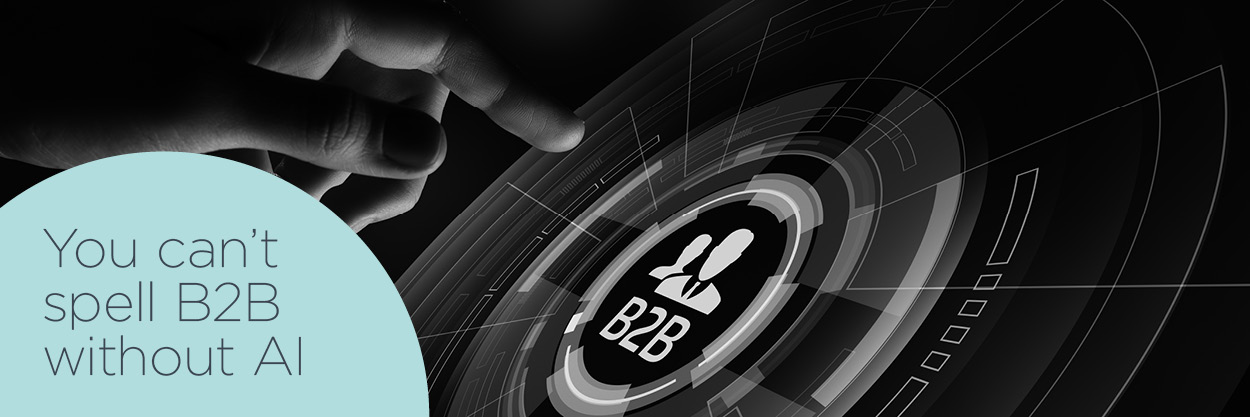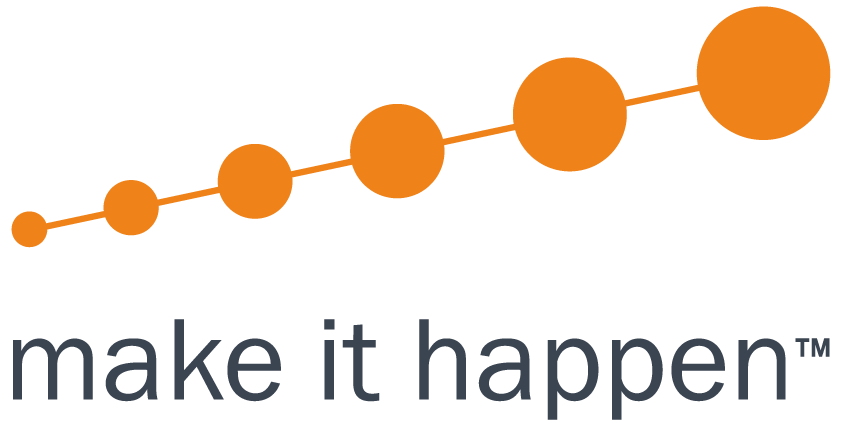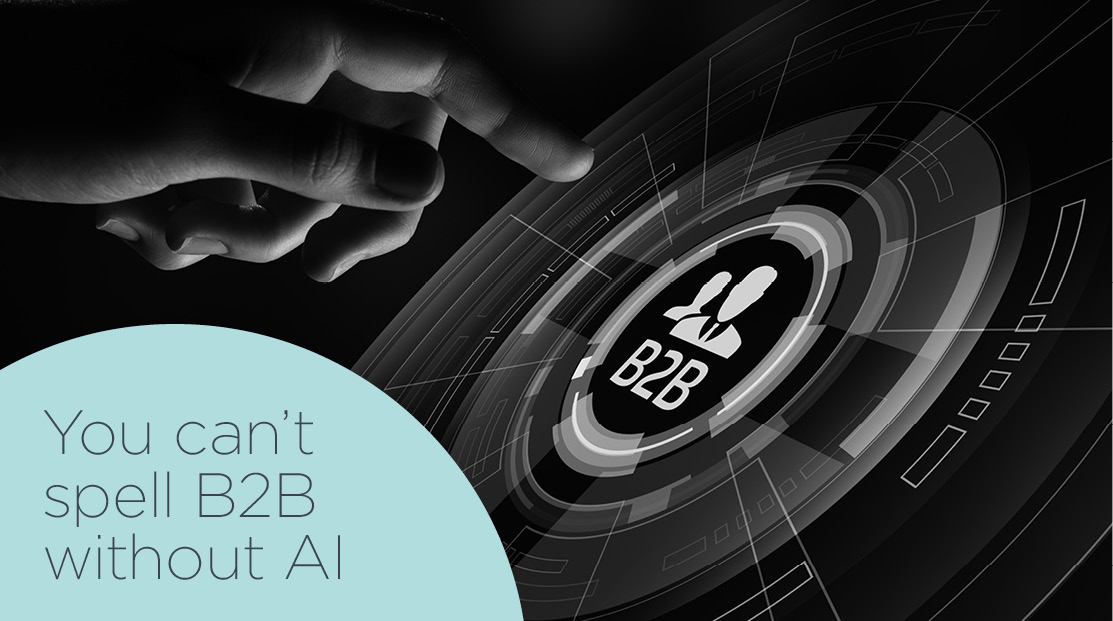 As technology advances, so too do the expectations of consumers. We know there’s the technology to show us relevant ads and products. Don’t waste our time showing us the irrelevant stuff!
As technology advances, so too do the expectations of consumers. We know there’s the technology to show us relevant ads and products. Don’t waste our time showing us the irrelevant stuff!
With this increase in expectation, there’s more and more pressure on marketers to keep up. Customer journeys need to be highly personalised, targeted, deeply nuanced processes.
Artificial Intelligence (AI) can help.
Are AI tools actually useful for B2B?
Yes, but with limitations. For marketers, it’s great for increasing efficiency without increasing (human) workload, and synthesising customer data from several different sources to create the singular overview needed to deliver a personal, effective customer journey. With most marketing leaders acknowledging the critical role of creating a customer journey, but only 23% satisfied with their ability to best use existing customer data to do so, AI seems primed to step in and fill that gap.
AI is most useful when it comes to data-driven activities. Specifically for marketers, AI could take over keyword research and generate initial ideas for blog topics. While for the moment it’s probably best to leave the actual writing to humans, AI can go on to automate content scheduling, test landing pages, optimise timing for email and socials, and prepare summarised reports on analytics.
Today, AI appears to be best positioned to help businesses in the following areas:
- Customer Retention
- Content Creation
- Personalisation
- Experimentation
Where are we already seeing AI?
Hyper-personalisation. This includes (but isn’t limited to) those handy suggestions you get while online shopping, about how best to ‘complete your look’. Beyond merely suggesting products based on what you’ve already viewed, AI's can sift through huge amounts of data about a consumer’s needs, wants, and budget, and progressively refine which products, services, and advertisements they see online.
Dynamic email marketing. This is a big one. Rather than a human spending time checking for the best times to send emails out or the best performing subject lines, AI can analyse the data, and adjust. With AI, email marketers can send emails at optimal times based on individuals’ past behaviour (blog posts read, website interactions, time spent on certain pages, and interests of ‘similar’ customers) and segment promotions with greater nuance and personalisation.
Chatbots. From skincare and makeup recommendations, to helping people choose health insurance, AI is creeping up in the customer service and support area too. Chatbots are also a perfect example of the increasing rate at which customer service and marketing are merging.
Writing. Although computers are getting better at sounding more and more like humans, successful application of AI for writing tasks is limited. Basically, robots can’t so much ‘write text’ as ‘assemble information’. Companies have started successfully using AI to compile financial and logistical reports - exercises which essentially required data to be put into basic sentences with a preordained structure. AI has been used similarly by the Washington Post for tweets, and reports on things like local political races. Again, hardly creative content, but it got the informative job done.
What are the benefits and limitations to using AI?
Benefits
AI is most beneficial when applied to tasks at two extreme ends of a spectrum. The mundane, mind-numbing tasks, and the ones dealing with too much data for humans to manage.
Take customer service chatbots as an example: customers can move through a series of initial questions with an AI who can then pass the customer on to the appropriate department.
On the other end of the spectrum, consider personalised marketing. An AI can follow a consumer’s digital breadcrumb trail (including data from social media, purchase history, CRM, and mobile use), analyse the data, generate insights and predictions which the human marketer can use to make nuanced, informed decisions.
Limitations
AI and machine learning have developed a lot recently, however it’s not likely to replace humans just yet. Product recommendations from human assistants, who’ve interacted with you and gleaned information beyond just the products you’re looking for are more personalised and tend to make more sense. Another benefit to using humans over robots is that robots tend not to be able to improvise to solve a problem. Yes, most of human behaviour can be predicted, but when your AI chatbot does come across an outlier, you need to have a protocol in place for a human to step in.
Additionally, AI require huge amounts of data to ‘learn’ enough to deliver realistic, useful services. Other current limitations surrounding implementation include things like the prohibitive costs associated, limited people with the skills to implement and manage AI, and potential risks to customer privacy.
AI can assist, but it cannot replace. I think of AI not as artificial intelligence but instead “augmented” intelligence such that the software and technology augments human intelligence and decision-making skills.
– Andrew Stephen, Associate Dean of Research & L’Oréal Professor of Marketing at the University of Oxford – Saïd Business School.
AI to assist, not replace
Just like when the self-serve checkout machines arrived in supermarkets, there is some general unease that AI will replace human jobs. It’s more likely, however, that AI will assist rather than replace. AI is a tool that can take over mundane tasks and leave human minds free to pursue further creativity and innovation.
If you’re considering incorporating AI into your marketing toolbox, take the time (or hire a consultant to help you) to figure out which processes can be automated and personalised for best ROI.

